A rivalry between Saudi Arabia and the UAE has emerged in southern Yemen, the winner of which stands to greatly strengthen its position in the international arena. However, this power struggle is taking place as a result of the crisis in Yemen, likely the worst humanitarian disaster of the 21st century.
THE SIDES OF THE CONFLICT
Yemen has two strategic ports in Aden and Al Hudaydah: taking control of these two cities is one of the most important objectives of the Saudi coalition’s war against Yemen. The war over these strategic cities can be divided into two periods, the conflicts that took place before the intervention of foreign forces, and those that took place after their arrival.
While internal battles between the Southern Transitional Council and the Houthi movement, or Ansar Allah, did aim at control over the area, the fight was rooted in ethnic and historical issues rather than political ones. However, with the arrival of Saudi and Emarati forces, things began to change dramatically. Ansar Allah was pushed out of the area completely, as the forces of the Southern Transitional Council began to receive support from the UAE. At the same time, Abdrabbuh Al-Hadi’s Cabinet of Yemen began to receive support from Saudi Arabia. Riyadh and Abu Dhabi claim that they are intervening in order to prevent Ansar Allah and Iran from dominating the region, despite that the Houthis have already agreed to withdraw from the area, and that no Ansar Allah forces remain in Aden or Al Hudaydah.
The strategic positions of the cities have led to disputes between Riyadh and Abu Dhabi over the management of their ports, particularly following the crisis on the southern coast of Libya.
Considering the proximity of the areas under the control of Ansar al-Shari’a (the Yemeni branch of Al Qaeda) to the areas where Abu Dhabi and Riyadh’s proxies are fighting, it is possible their forces could return to Aden as a result. Ansar al-Shari’a currently controls parts of the Abyan province east of Aden.
THE BASIS OF THE WAR
There are four areas of Yemen that are of particular strategic importance:
-
Socotra Island
-
Perim Island
-
Port of Aden
-
Port of Hudaydah
The UAE has full control over the two islands and has now taken the Port of Aden as well. The Port of Hudaydah is currently dominated by Saudi-led forces.
Saudi Arabia has tried to drive the UAE out of Perim and Port of Aden, resulting in clashes with the UAE-affiliated forces and dangerous destabilization in Aden. If Saudi Arabia succeeds, they will be able to take charge of parts of the Red Sea. This is one of Mohamed Bin Salman most important strategies for getting closer to Israel. Currently, over 60% of the northern coast of the Red Sea is in Saudi Arabia, however, the Kingdom is unable to play a strategic role there due to its poor geographical location.
The UAE also clashed with Saudi-affiliated forces over control of the Port of Hudaydah. If successful, the UAE would take over all of Yemen’s southern coasts, the Gulf of Aden, Bab-el-Mandeb, the western Arabian Sea and even a portion of the eastern Red Sea.
THE ROLE OF RUSSIA AND IRAN
Saudi Arabia has emphasized the central role of Iran in fomenting the crisis in Yemen… however, the truth is that Iran’s alleged military support for Ansar Allah has never been proven, and Tehran continues to deny involvement. In recent years, Iran has supported Ansar Allah politically and diplomatically, but has held back from providing any material support since the crisis began. Iran has always leveled its efforts at ending, rather than extending the crisis.
When four European countries held talks with Ansar Allah in Tehran, it showed that Iran had begun to take an active role in Yemen, and that it intends to openly support Ansar Allah. Iran desires to resolve misunderstandings the movement has with France and Britain, two members of the UN Security Council, hoping they will join Russia and China in looking for a diplomatic solution to the crisis.
Yet, even Russia and Iran have different positions on the issue. Throughout the twentieth century, southern Yemen was ruled by a Soviet-oriented state, but, since the collapse of the Soviet Union, Russia has had no strategic plans for Yemen has chosen not to interfere… Russia even abstained from Security Council Resolution 2216 on the Yemen crisis. Unlike the United States, which explicitly supports Saudi Arabia, Russia has not supported any group in Yemen and has therefore been able to play a mediating role. Moscow’s impartiality has encouraged the Yemenis to consider it as a potential diplomatic savior. Given what happened during the crisis in Syria, it is widely believed that Russia will only interfere when the crisis reaches its peak and, once the problem is resolved, will voluntarily exit.
Iran’s entry into the Yemeni crisis and its explicit support for Ansar Allah is aimed at balancing against Saudi Arabia’s influence in order to create a situation where Russia is able to mediate and solve the problem.
THE IMPACT OF THE ADEN CRISIS ON THE REST OF THE WORLD
The Bab-el-Mandeb Strait is one of the most important sea routes in the world, serving as one of Asia’s prime transit routes into the Mediterranean. Over 10% of the world’s total trade is shipped via this route, and rising tensions could cause many ships to shift their routes around South Africa, adding 11,000 kilometers to their journeys.
More than 4 million barrels of oil pass through the strait every day – if the strait is closed off or made inaccessible, it would dramatically increase world oil prices.
The Bab-el-Mandeb Strait has also had maritime security issues such as pirates attacking some transit ships in the area. In this respect, Bab-el-Mandeb can be compared to the Strait of Malacca in the Andaman Sea. Tumult on Yemen’s southern coast could further increase the risk of pirate attacks in the area.
A HUMANITARIAN CRISIS ON THE SOUTHERN COAST
More than four years of war in what was already one of the poorest countries in the world has resulted in an unprecedented humanitarian catastrophe.
The Yemeni people are suffering from famine and poverty, aside from being trapped between the bullets of UAE and Saudi forces. Suicide attacks are leaving scores of civilians dead, while those that survive brutal mortar bomb attacks are being left without homes. The situation is unlike anything else in the world today.
One of the biggest issues facing the Yemeni people is the critical health conditions that have resulted from the war. Cholera has spread rapidly due to contamination of food and water. Coupled with a lack of doctors and medical supplies, the disease has left thousands dead.
The Armed Conflict Location & Event Data Project (ACLED) reports that more than 90,000 people have been killed in the war, while Save the Children reports that in late 2018 a Yemeni child was dying of treatable disease every 10 minutes. According to these statistics, at least 85,000 Yemeni children died in 2018 alone.
The current crisis in Al Hudaydah has also prevented the Yemeni people from receiving international aid and food: one of the leading causes of death has been starvation.
Sadly, all of this calamity and death is the result of two countries trying to gain a strategic advantage over one another. The Yemeni people are in dire need of global efforts to end this catastrophic war, efforts free of individual states’ political and strategic ambitions.







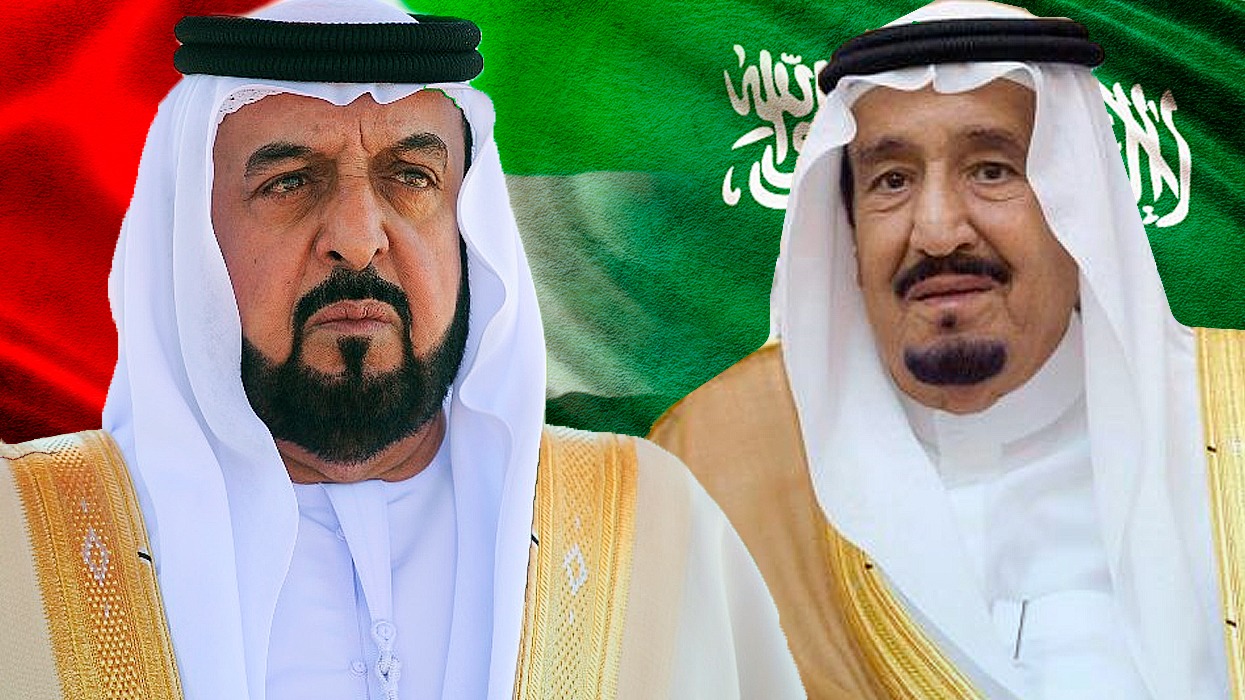

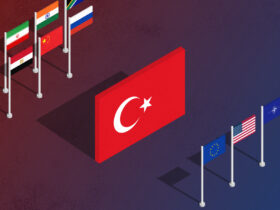
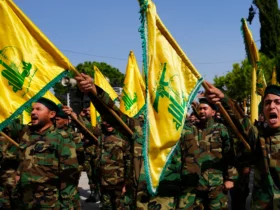
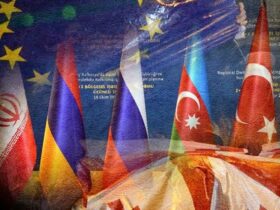


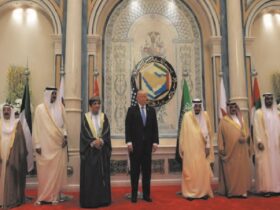


Leave a Reply